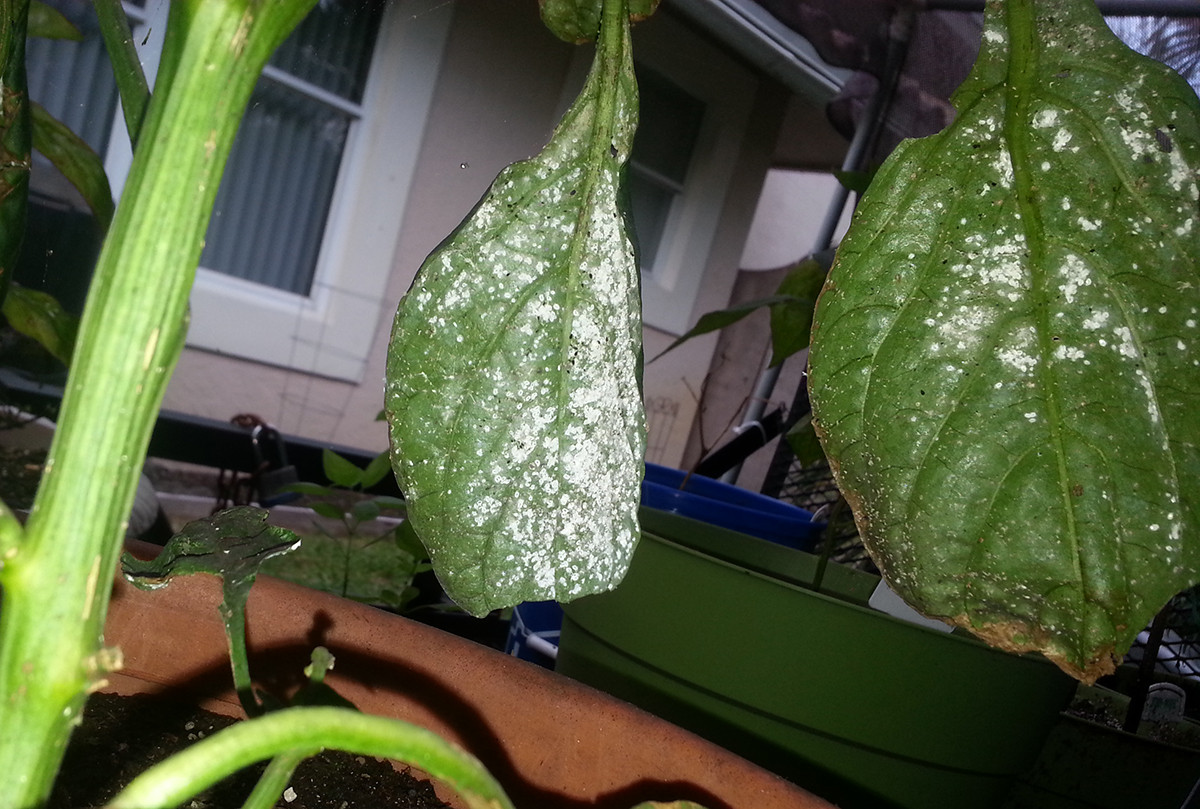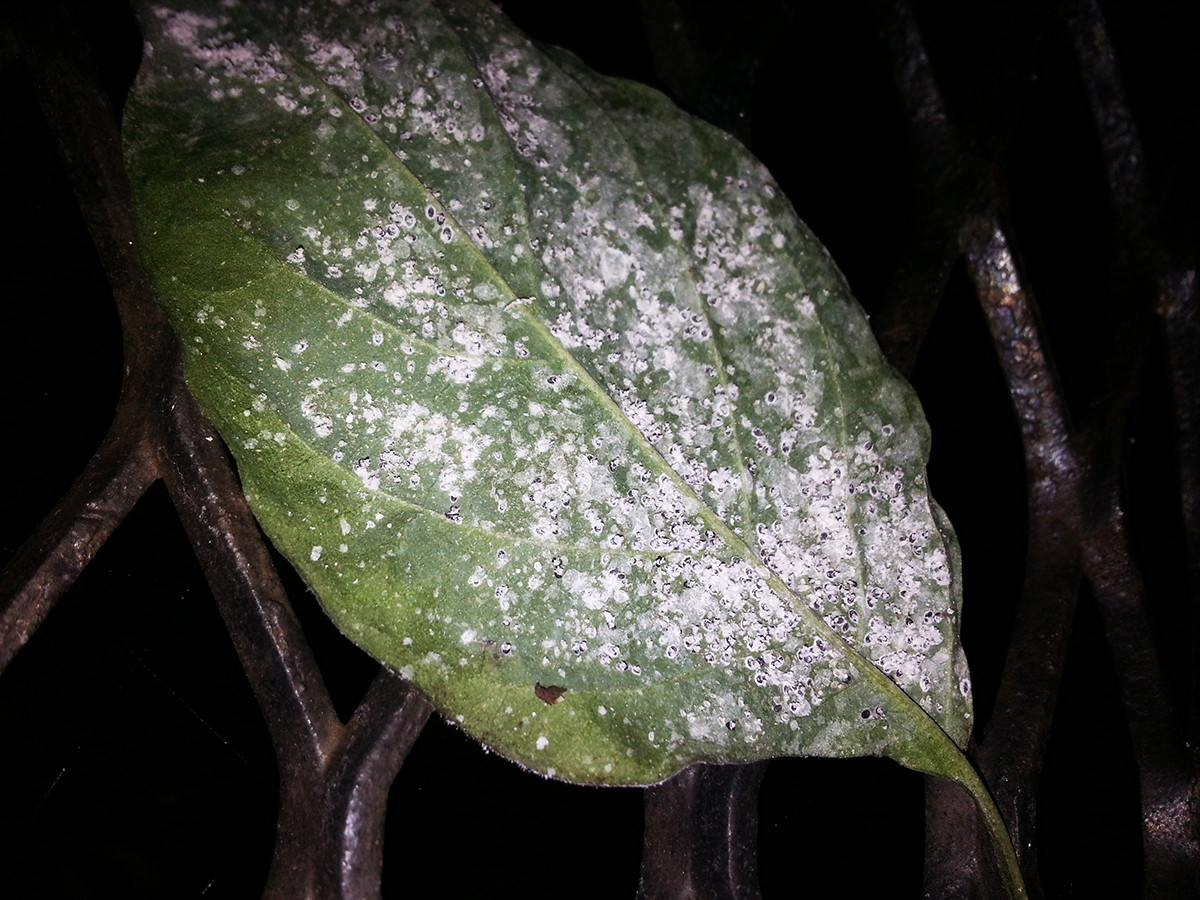Hey all.
This is the second year in a row at around the same time that whiteflies (I think) are wrecking havoc on almost all of my plants. I'm almost certain this is some type of whitefly infestation in south Florida. I'm trying to identify which type of whitefly species this is and what I can do to counter it. They won't touch my Basil plants and barely touch my morugas. But they are destroying my bhut plants and anything below in heat level.
First, small white patches under the leaves. Then complete white infestation and jumping little flies (I can smack the plant and a bunch of tiny white locust looking things start flying around) . And finally darkening of the top of the leaves (honeydew maybe?) and complete growth stunt, wilting, and leaf drop. Going out regularly and brushing off anything white on each leaf seems to help but it's annoying to do every other day.
Anyone have an infestation on this scale before?


This is the second year in a row at around the same time that whiteflies (I think) are wrecking havoc on almost all of my plants. I'm almost certain this is some type of whitefly infestation in south Florida. I'm trying to identify which type of whitefly species this is and what I can do to counter it. They won't touch my Basil plants and barely touch my morugas. But they are destroying my bhut plants and anything below in heat level.
First, small white patches under the leaves. Then complete white infestation and jumping little flies (I can smack the plant and a bunch of tiny white locust looking things start flying around) . And finally darkening of the top of the leaves (honeydew maybe?) and complete growth stunt, wilting, and leaf drop. Going out regularly and brushing off anything white on each leaf seems to help but it's annoying to do every other day.
Anyone have an infestation on this scale before?


